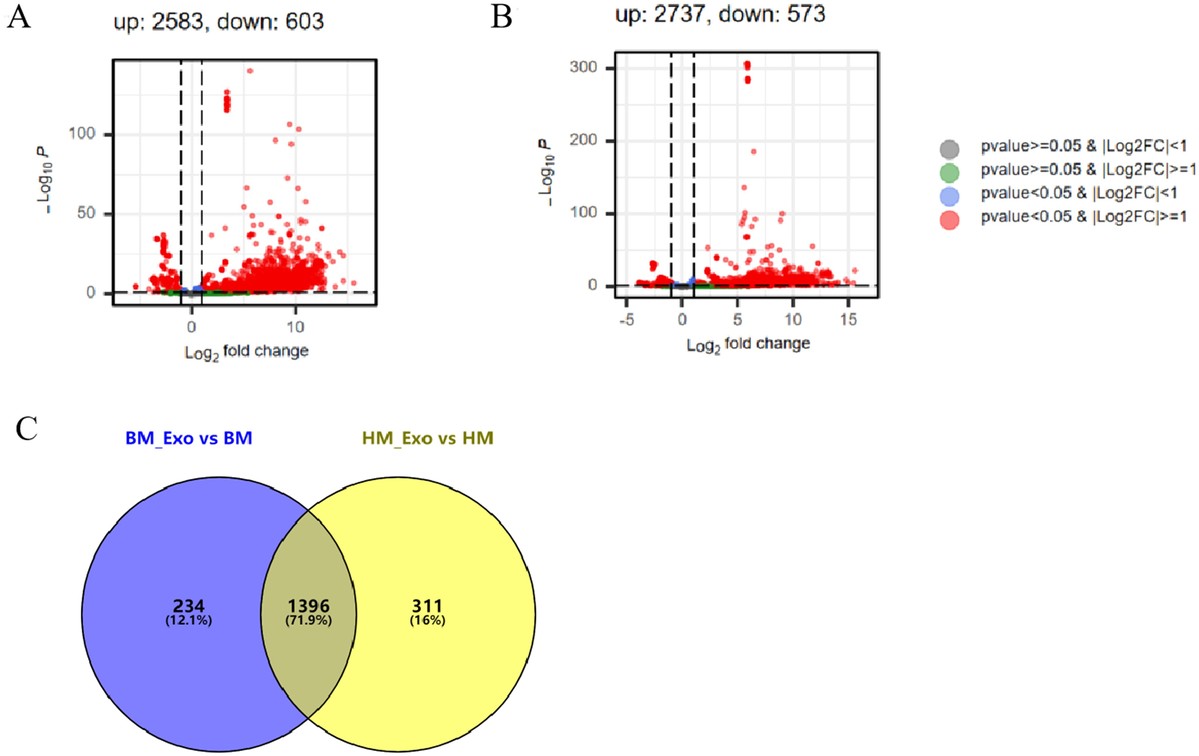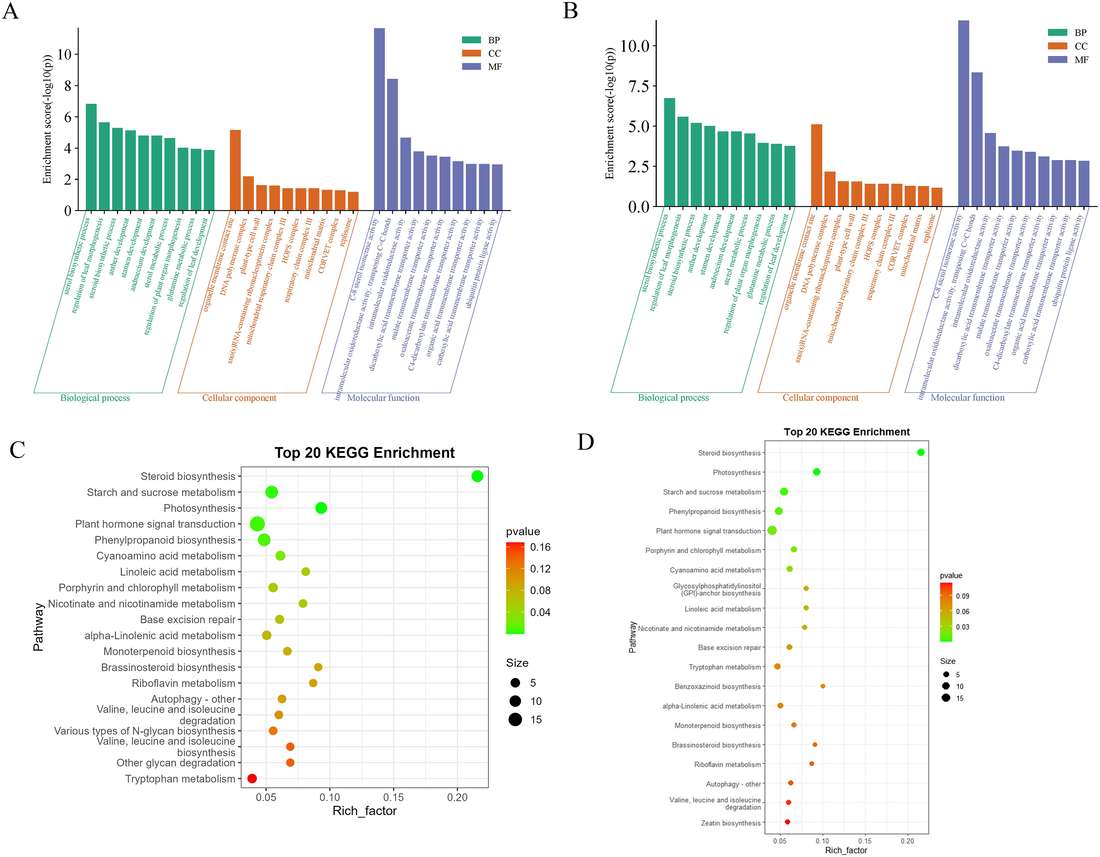Benefits of Konjac: Bioactive Compounds and Biological Activities
Konjac (Amorphophallus konjac) is a traditional East Asian herbaceous plant valued for its high nutritional and functional content. Its corms are particularly rich in bioactive compounds that contribute to its widespread use in metabolic research, gut health, and dermatological science. Among these, glucomannan stands out as the principal component, supported by a diverse array of secondary metabolites with synergistic biological activities.
- Glucomannan (KGM): The main component (49-60%), a water-soluble fiber that lowers cholesterol and blood sugar, enhances insulin sensitivity, delays glucose absorption, and promotes fat oxidation via PPARα activation.
- Prebiotic Oligosaccharides: Fermented by gut microbiota to produce SCFAs, which support beneficial bacteria and improve intestinal barrier integrity.
- Immune Modulators: Stimulate macrophages, cytokine secretion (e.g., IL-6, IL-10), and enhance lymphocyte and NK cell activity in immune-suppressed models.
- Anti-proliferative Compounds: Konjac extracts can trigger apoptosis, autophagy, and cell cycle arrest in vitro, showing potential in tumor biology studies.
- Flavonoids: Provide antioxidant and anti-inflammatory effects by scavenging free radicals and modulating NF-κB signaling.
- Alkaloids & Neuroactive Compounds: Including serotonin derivatives, may support neuromodulation and mood regulation.
- Vitamins & Minerals: Trace amounts of B-vitamins, β-carotene, and minerals (e.g., potassium, magnesium, chromium) aid in metabolic balance and cellular defense.
What Are Konjac-Derived Exosomes?
Konjac-derived exosome-like nanoparticles (K-ELNs) are nano-sized vesicles naturally secreted by Amorphophallus konjac cells. Similar to other plant exosomes, they serve as carriers of functional biomolecules and facilitate molecular communication between cells, with potential effects extending across species.
Key Characteristics of K-ELNs:
- Structure and Composition: K-ELNs range from 50 to 200 nm in size and have been successfully isolated using ultracentrifugation. Their vesicular identity has been confirmed by transmission electron microscopy and nanoparticle tracking analysis. These vesicles are rich in small RNAs, lipids, and proteins.
- Distinct miRNA Profiles: High-throughput sequencing revealed that K-ELNs contain thousands of microRNAs (miRNAs), many of which differ from those in konjac tissue. Enriched families like miR156, miR159, and miR166 suggest selective miRNA packaging, not random leakage.
- Biological Function in Plants: Within konjac, these miRNAs are involved in hormone signaling, sterol biosynthesis, and stress adaptation. Their encapsulation in vesicles enhances stability and may facilitate long-distance signaling within the plant.
- Potential for Cross-Species Communication: Bioinformatic analysis shows that many K-ELN miRNAs may target human genes involved in inflammation, metabolism, and neural development. Similar effects have been observed in exosomes from other edible plants, supporting the possibility of cross-kingdom regulation.
 Characterization of Exosome-Like Nanoparticles Derived from Two Konjac Species. Transmission electron microscopy (TEM) images of exosome-like nanoparticles (ELNs) isolated from two konjac species: (A) Amorphophallus albus (BM_Exo) and (B) Amorphophallus konjac (HM_Exo). Scale bar: 100 nm. (Shen C, et al., 2024)
Characterization of Exosome-Like Nanoparticles Derived from Two Konjac Species. Transmission electron microscopy (TEM) images of exosome-like nanoparticles (ELNs) isolated from two konjac species: (A) Amorphophallus albus (BM_Exo) and (B) Amorphophallus konjac (HM_Exo). Scale bar: 100 nm. (Shen C, et al., 2024)
Konjac Exosome Advantages
Compared to traditional konjac extracts, K-ELNs provide several distinct benefits due to their structure, stability, and molecular precision.
- Better Molecular Delivery: K-ELNs encapsulate bioactive compounds, allowing for more targeted and efficient cellular uptake than bulk konjac extracts.
- Improved Stability: Their vesicle structure protects contents from enzymatic degradation, unlike free compounds in extracts which are more prone to breakdown.
- Selective Bioactive Cargo: K-ELNs carry selectively packaged miRNAs and proteins, offering higher specificity in biological interactions.
- Higher Bioavailability: Their nano-size and membrane composition enhance absorption across biological barriers.
- Cross-Species Communication: K-ELNs have been shown to influence gene expression in mammalian systems, a function not seen in standard extracts.
Potential Applications of Konjac-Derived Exosomes
K-ELNs show promise in a variety of research and preclinical contexts due to their stability, bioactivity, and cross-kingdom regulatory potential.
Drug Delivery Research
K-ELNs may serve as natural carriers for nucleic acids, peptides, or plant-based compounds. Their vesicular structure enables protection of the payload and enhances cellular uptake, offering a plant-derived alternative to synthetic nanocarriers.
Nutritional and Functional Food Studies
Given their origin from an edible plant, K-ELNs could be investigated as delivery systems for functional food ingredients, with potential roles in modulating gut microbiota, metabolic regulation, and immune signaling.
Skin and Cosmetic Science
Similar to exosomes from other plants, K-ELNs may support skin barrier function, hydration, and antioxidant protection, making them of interest in cosmetic formulation research.
Molecular Biology and miRNA Research
The rich and distinct miRNA content of K-ELNs provides a valuable model for studying cross-species gene regulation, RNA transport mechanisms, and plant-human molecular interactions.
Inflammatory and Cellular Response Models
Early findings suggest that K-ELNs can affect pathways involved in inflammation and cellular communication. These properties may support their use in in vitro models exploring cellular signaling, oxidative stress, and immune modulation.
References
- Behera S S, Ray R C. Konjac glucomannan, a promising polysaccharide of Amorphophallus konjac K. Koch in health care. International Journal of Biological Macromolecules. 2016, 92: 942-956.
- Gao T, Jiao Y, Liu Y, et al. Protective effects of konjac and inulin extracts on type 1 and type 2 diabetes. Journal of Diabetes Research. 2019, 2019(1): 3872182.
- Shen C, Li X, Qin J, et al. Characterization of miRNA profiling in konjac-derived exosome-like nanoparticles and elucidation of their multifaceted roles in human health. Frontiers in Plant Science. 2024, 15: 1444683.
 Characterization of Exosome-Like Nanoparticles Derived from Two Konjac Species. Transmission electron microscopy (TEM) images of exosome-like nanoparticles (ELNs) isolated from two konjac species: (A) Amorphophallus albus (BM_Exo) and (B) Amorphophallus konjac (HM_Exo). Scale bar: 100 nm. (Shen C, et al., 2024)
Characterization of Exosome-Like Nanoparticles Derived from Two Konjac Species. Transmission electron microscopy (TEM) images of exosome-like nanoparticles (ELNs) isolated from two konjac species: (A) Amorphophallus albus (BM_Exo) and (B) Amorphophallus konjac (HM_Exo). Scale bar: 100 nm. (Shen C, et al., 2024) Figure 1. Differential Expression Analysis of miRNAs in Konjac-Derived ELNs and Plant Tissues. (A) Volcano plot showing differentially expressed miRNAs (DEMs) between exosome-like nanoparticles from Amorphophallus albus (BM_Exo) and corresponding tissue (BM). B) Volcano plot showing DEMs between exosome-like nanoparticles from Amorphophallus konjac (HM_Exo) and corresponding tissue (HM). (C) Venn diagram displaying shared and unique DEMs in the two comparison groups.
Figure 1. Differential Expression Analysis of miRNAs in Konjac-Derived ELNs and Plant Tissues. (A) Volcano plot showing differentially expressed miRNAs (DEMs) between exosome-like nanoparticles from Amorphophallus albus (BM_Exo) and corresponding tissue (BM). B) Volcano plot showing DEMs between exosome-like nanoparticles from Amorphophallus konjac (HM_Exo) and corresponding tissue (HM). (C) Venn diagram displaying shared and unique DEMs in the two comparison groups. Figure 2. Functional Annotation of Predicted Target Genes of DEMs in Konjac ELNs. (A) Gene Ontology (GO) classification of target genes from differentially expressed miRNAs (DEMs) between BM_Exo and BM. (B) GO classification of target genes from DEMs between HM_Exo and HM. (C) KEGG pathway enrichment of predicted targets in BM_Exo vs BM. (D) KEGG pathway enrichment of predicted targets in HM_Exo vs HM.
Figure 2. Functional Annotation of Predicted Target Genes of DEMs in Konjac ELNs. (A) Gene Ontology (GO) classification of target genes from differentially expressed miRNAs (DEMs) between BM_Exo and BM. (B) GO classification of target genes from DEMs between HM_Exo and HM. (C) KEGG pathway enrichment of predicted targets in BM_Exo vs BM. (D) KEGG pathway enrichment of predicted targets in HM_Exo vs HM.